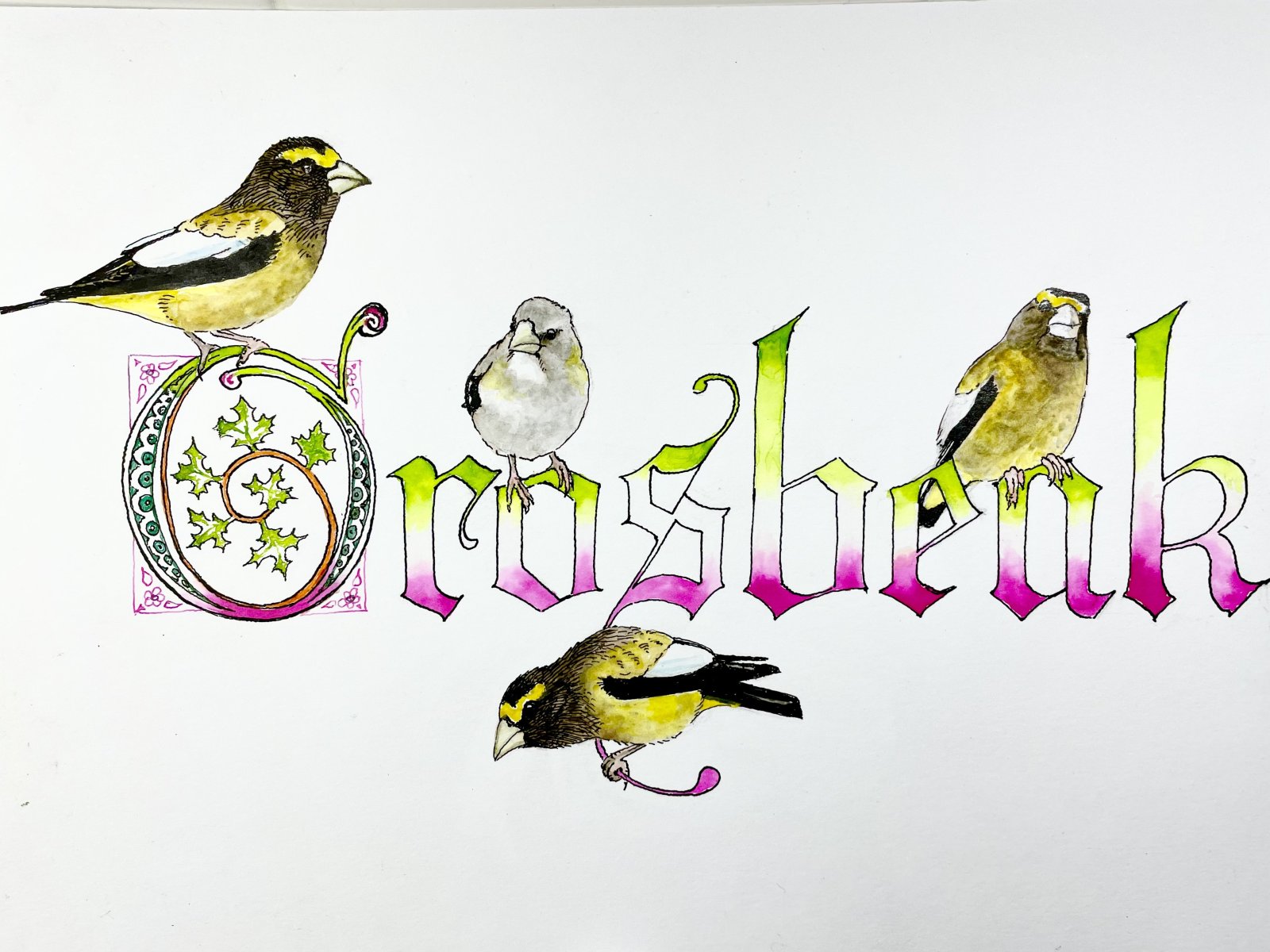The sense of Calligraphy
-
Forum Statistics
354.6k
Total Topics4.6m
Total Posts -
Member Statistics
127,581
Total Members4,236
Most OnlineNewest Member
Elliotpicle
Joined -
Images
-
Albums
-
GlenV2
- By GlenV,
- 2
- 1
- 60
-
Pen Pics 2
- By K Singh,
- 0
- 0
- 88
-
namrehsnoom-16
- By namrehsnoom,
- 0
- 0
- 88
-
Misfit’s 6th Album
- By Misfit,
- 94
-
My photos
- By lamarax,
- 0
- 0
- 2
-

















.thumb.jpg.f07fa8de82f3c2bce9737ae64fbca314.jpg)



.thumb.jpg.331e554113c33fb39d5bf3233878978a.jpg)





Recommended Posts
Create an account or sign in to comment
You need to be a member in order to leave a comment
Create an account
Sign up for a new account in our community. It's easy!
Register a new accountSign in
Already have an account? Sign in here.
Sign In Now